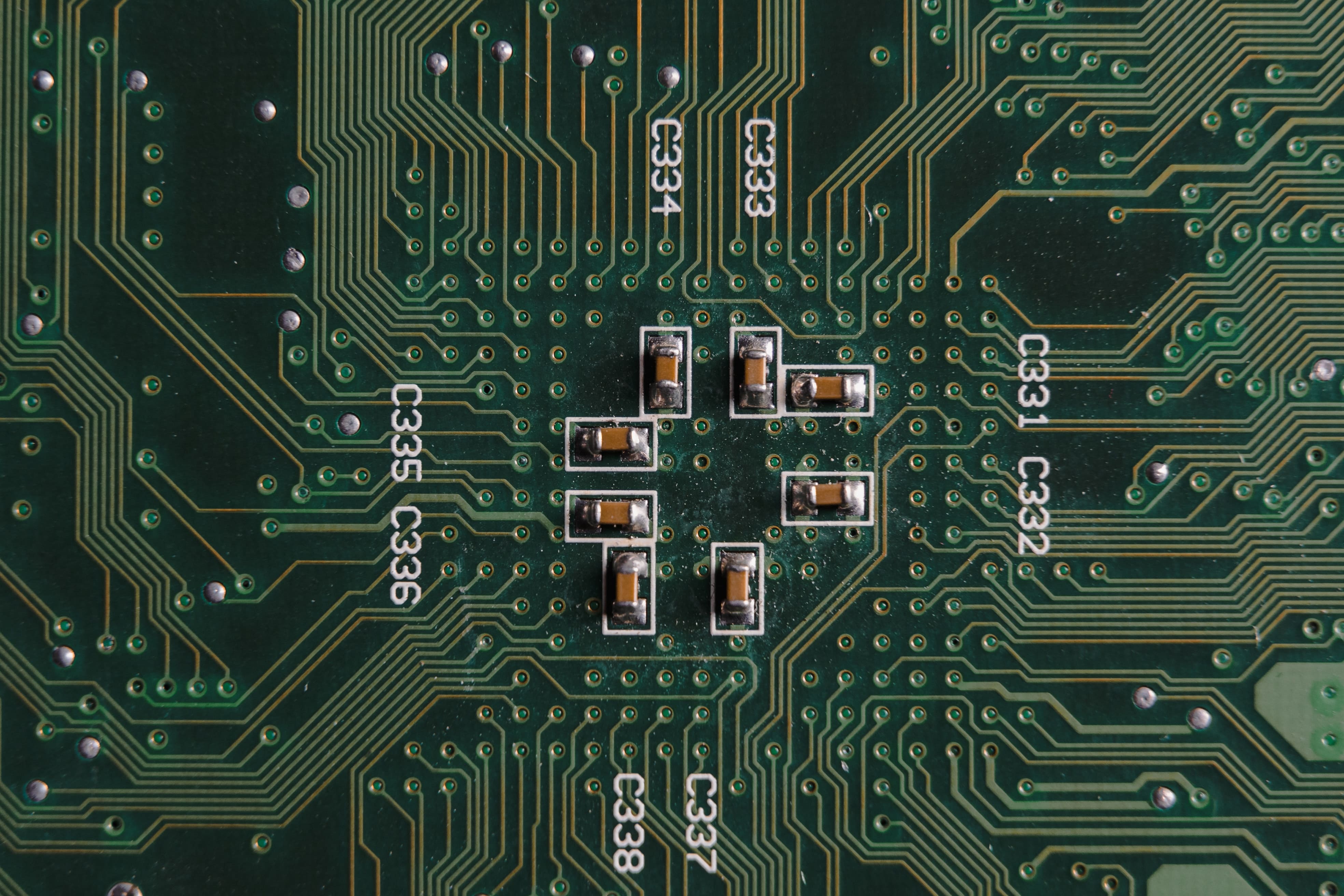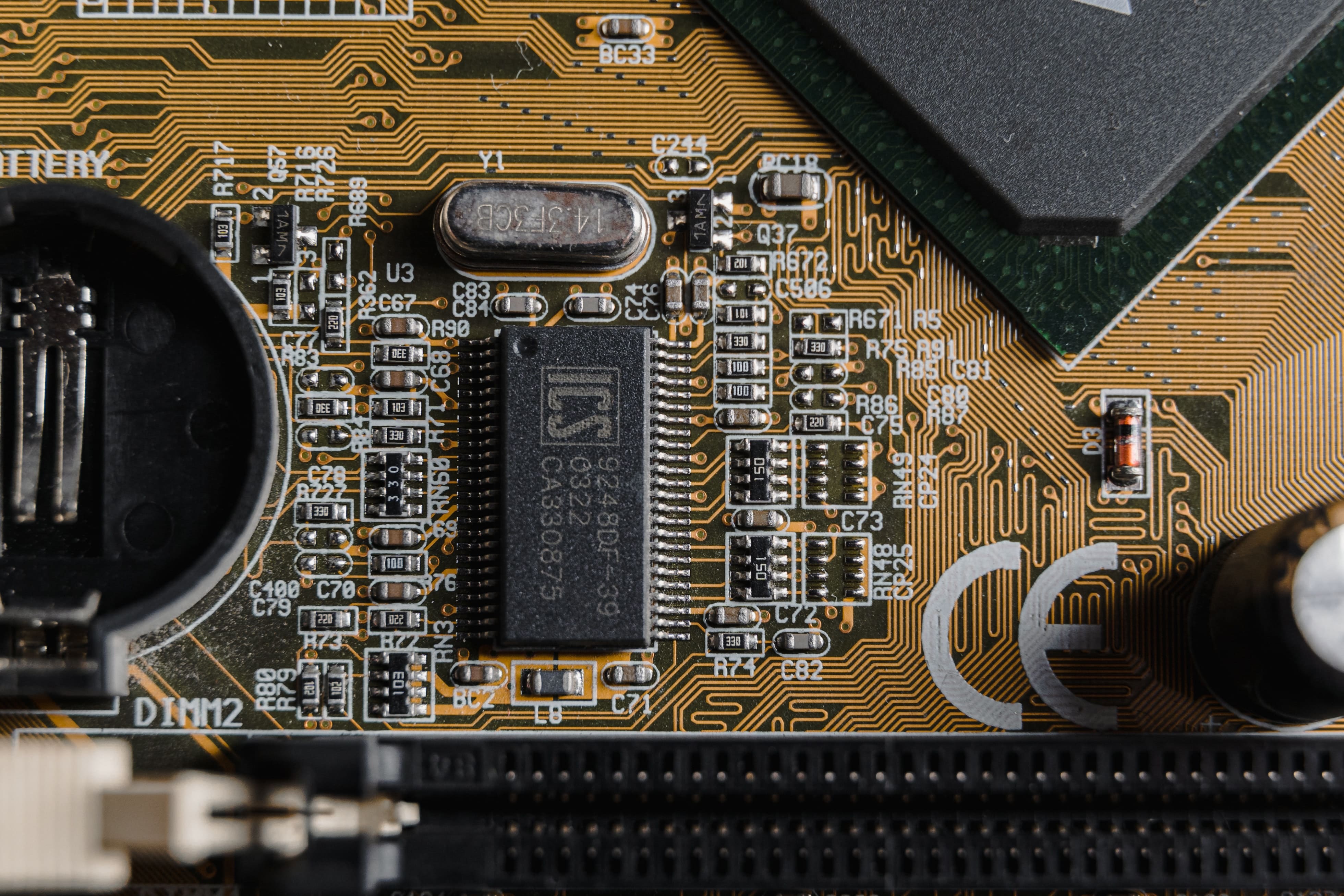Nov 7, 2022|Manufacturing Excellence, Technological Advancements and Materials
In the PCBA world, the type of coatings that protect your electronics boards can make a big difference. Conformal coating adds a protective, non-conductive dielectric layer that prevents all sorts of damages and dangers including moisture, corrosion, fungal growth, and salt spray. Conformal coating is extremely thin, and the lightweight coating has almost no effect on the PCBA—it doesn’t stress any of the components. It’s easy to process and apply this material, and its versatile and flexible protection provides superior protection for the finished product. Electronic encapsulation coats the PCBA with a thick sealing layer of resin, which protects it against chemical exposure, physical shock, and any other potential damages. The resin cures like a polymer, and its dark color can hide the board beneath it. Potting, often used interchangeably with encapsulation, refers to the actual PCB encapsulation process.
Table of Contents
Conformal Coating, Encapsulation, and Potting Side by Side
| Conformal Coating: | Encapsulation: | Potting: |
|---|---|---|
| Thin and lightweight | Better environment protection | Improves resistance to vibration and impact |
| Does not add any additional thickness | Better abrasion resistance | Better heat and chemical resistance |
| Does not obscure any features | Physically and visibly protective | Increases durability for physically demanding applications |
| Easier to repair and rework | Easier for high-volume applications | Enhanced protection against electrical arcs |
| Relatively inexpensive | Superior insulation | A quicker process for assembly lines |
What is Conformal Coating?
All conformal coatings are a protective layer added to circuit boards or electronics. They’re non-conductive and dielectric, meaning they can transmit electric force without conduction while simultaneously insulating the boards. Conformal coating does as it says: it conforms to the object being coated (called a substrate) and offers substantial protection without adding weight, thickness, or other obscuring features. This can also help in preventing PCB corrosion.
Types of Conformal Coating Materials

There are many different conformal coating processes, and each has its own advantages and unique challenges depending on the application.
Acrylic: This base coating is used on most consumer electronics and mass production electronics. Acrylic is your usual default choice and a coating type that’s somewhat easy to remove, though there is little in the way of specialized performance that might come with the other coatings.
Parylene: This coating is applied as a gas, which becomes a film as it dries. It’s very thin and durable and has superior dielectric strength. It also has other desirable qualities, such as better conduction. However, parylene can be very difficult to remove and can cause damage to the board or complicate necessary repairs.
Epoxy: This coating is very durable and ideal for more demanding electronic applications. It’s tough and inflexible, which makes it hard to remove. It also has high shrinkage which doesn’t go well with more sensitive components, but its durability makes it an attractive choice for serious jobs.
Urethane: This conformal coating is preferred for aerospace industry applications because it is very resistant to solvents and abrasion. While the durability is very high, urethane is quite difficult to remove and can make repairs a hassle.
Silicone: Silicone is an environmentally-resistant conformal coating and is durable enough to withstand temperature ranges and humidity. While its abrasion resistance may not compare to Urethane or Epoxy, it can be an attractive coating option for electronics that spend time outdoors. It is also very challenging to remove.
Pros and Cons of Conformal Coating
There are many pros to conformal coating, and the biggest one may be that conformal coatings are thin and translucent for better visibility. In contrast, potting a device may obscure necessary features such as coloring or indicator lights.
Conformal coating pros:
- Superior protection against corrosion
- Almost no weight added to the device
- Increased life expectancy
- Flexible use and function
- Inexpensive compared to other options
- Reduced necessary space
- Places almost no physical stress on the substrate
- Less challenging to rework and repair
Conformal coating has very few cons or downsides, though a chief one is that it’s just not as durable or resilient as potting or encapsulation. Conformal coating may provide less protection against heavy-duty exterior threats, though the many conformal coating materials available allow for extended options that may cover durability, abrasion resistance, or resistance to temperature.
What is Encapsulation and Potting?

While encapsulation and potting are often used interchangeably, they aren’t exactly the same. Potting creates a shell (or “pot”) around the item and its components by encasing it in poured resin. Any resin-filled pot will harden to become part of the end product, which is very beneficial when you need to produce units very quickly. Potting is a particularly common method used to protect more vulnerable components, especially from water and moisture damage. Potting is also used to insulate and protect components from thermal or physical shock. It may also be an attractive way to provide visual protection for intellectual property.
Encapsulation, in comparison, is when a component is dipped into a resin mold and then coated. As the resin hardens, the components are removed from the mold to be placed in the assembly. The difference between encapsulation and potting is that the mold is not part of the final product. Commonly, any molded devices are called encapsulated units. Both encapsulation and potting have similar benefits—when you cover any component with resin coating, you protect it from a host of damaging elements including thermal shock, vibration, chemicals, water, and theft.
Types of Encapsulation and Potting Compounds
Encapsulation and potting are done with three major compounds, which are epoxies, urethanes, and silicones. There are benefits and flaws with each type of compound, but all of them have their preferred uses.
Epoxy: Epoxies provide superior resistance to chemicals and temperatures. They also have excellent electrical insulation and can strengthen components, which is ideal for high-voltage applications. While epoxies are durable, they can become brittle in low temperatures. Also, the heat of the reaction and shrinkage can damage more sensitive components. When potting materials on sensitive boards, it’s best to go with more low-stress potting materials.
Urethanes: This material is more flexible than epoxy, which means less strain on potted components. Urethanes are preferable for applications that have thermal cycling or those in low-temp environments, but urethanes are also less resistant to chemicals and extreme temperatures.
Silicones: Finally, silicones provide the best flexibility overall and also have the widest temperature range. Silicones are resistant to water, chemicals, ozone, and UV light, though they’re also the most expensive option. Silicones are best suited for applications where rigidity is necessary, and they also have high CTE which can cause problems with devices that have high thermal cycling.
There are other types of potting compounds available, and others may be more applicable to certain situations. UV curing is an option, especially when curing time is an important factor. While UV curing can cure compounds in seconds, it can be difficult with thick potting or encapsulation. Thermal conductive potting compounds have a heat-conductive filler added to the material and may be used when any heat-product components might be too insulated. They can provide thermal dissipation but may require heat sinks. Also, optical encapsulants are translucent, allowing for better visual inspection of components. These compounds are traditionally used in the solar panel industry or to manufacture LED lights.
Pros and Cons of Encapsulation and Potting
There are many pros and cons of encapsulation and potting. Potting is a popular choice because of its easy application on the assembly line, making it ideal for high-volume production. Potting offers thicker protection, better durability, and more resilience.
PCB potting has many pros, including:
- High heat resistance
- Resistant to chemicals and environmental hazards
- Protection against water
- Protection against electrical arcs
- Design security via dark-colored compounds
- Easy to apply in high-volume applications
PCB potting devices are also more challenging to work with once coated, and removing the potting can even destroy the circuit board. There are many disadvantages, including a significant increase in weight, inflexible components, higher overall cost, and additional process steps for repair. The dark coloring can make potted elements a big challenge to repair and can make the general inspection a hassle.
What Is the Best Method to Protect PCBs?

While both processes offer protection for PCBs, and both defend them from corrosion and environmental damage, the deciding factor on the technique still depends on the application, requirements, and circumstances. Both processes insulate PCBs and offer mechanical protection, but you may need some guidance on deciding which method should be used.
Overall, potting and encapsulation offer more protection than conformal coating because of the nature of the resin. Not every situation may require resin coating, and encapsulation might not be necessary for all applications. Any PCB that goes through high-volume production may require potting because speed and volume naturally cause abrasion and scratches. Conformal coating is the best for PCBs fitted in small devices, especially if their thickness needs to be precise. Since conformal coating adds such a small layer of physical protection, potting would not be the correct choice in these situations. Potting also increases weight, making conformal coating better for any application in which specific heaviness is a factor. Since manufactured components go through intense inspections prior to market, it can be tough to properly inspect any PCB that’s been potted or encapsulated.
Both processes offer protection that mitigates vibration, shocks, damage, scratches, and environmental abrasion. They can also protect against temperature and moisture. Any device used in a harsh environment should always go through potting and encapsulation, especially if the device needs better resistance. Under standard environmental conditions, conformal coating is the preferred option.
- Sunny Patel is the Engineering and Sales Manager at Candor Industries. Sunny is trained as a IPC-A-600 trainer, AS9100 Lead auditor, IPC CID and got his Engineering degree at the University of Toronto.
Latest entries
- February 27, 2024Technological Advancements and MaterialsHow to Order a PCB Assembly
- February 26, 2024Product Innovations and DesignReduce PCB Design Cost
- February 7, 2024Technological Advancements and MaterialsNavigating Low-Cost PCB Assembly
- January 24, 2024Quality and TestingA Guide To Automated Optical Inspection (AOI)


